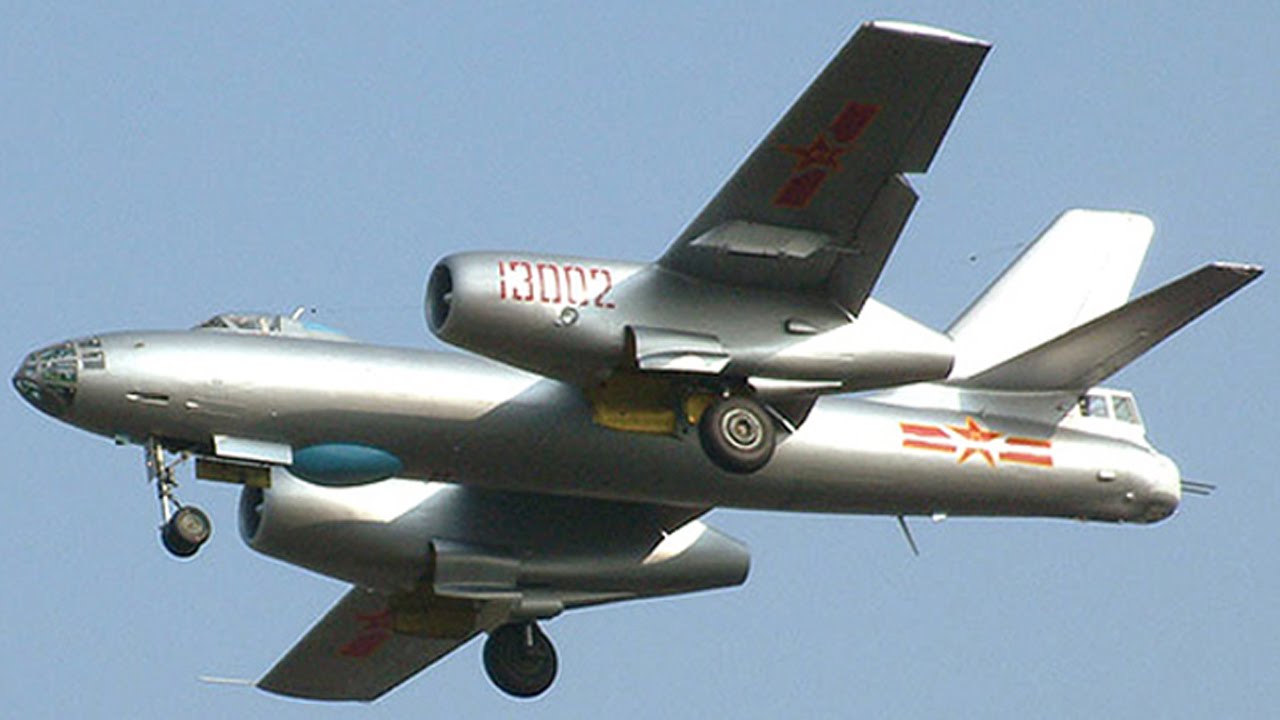Soviet Long Range Aircraft
This includes Soviet Naval aviation aircraft
Roughly comparable to the American B-1B, the Tu-160 Blackjack is a four engine supersonic, variable geometry, long range bomber primarily designed to deliver cruise missiles. Historically 32 were delivered by 1991 when production essentially stopped, in Northern Fury however they continued to roll off the production line at a rate of 6 per year bringing the total up to 48 by the start of the war. Initially all were deployed to the 121st Guards Heavy Bomber Aviation Regiment at Engels Air Base but in the past few months a second Regiment (184th) has been formed at the same base, each with two Squadrons.
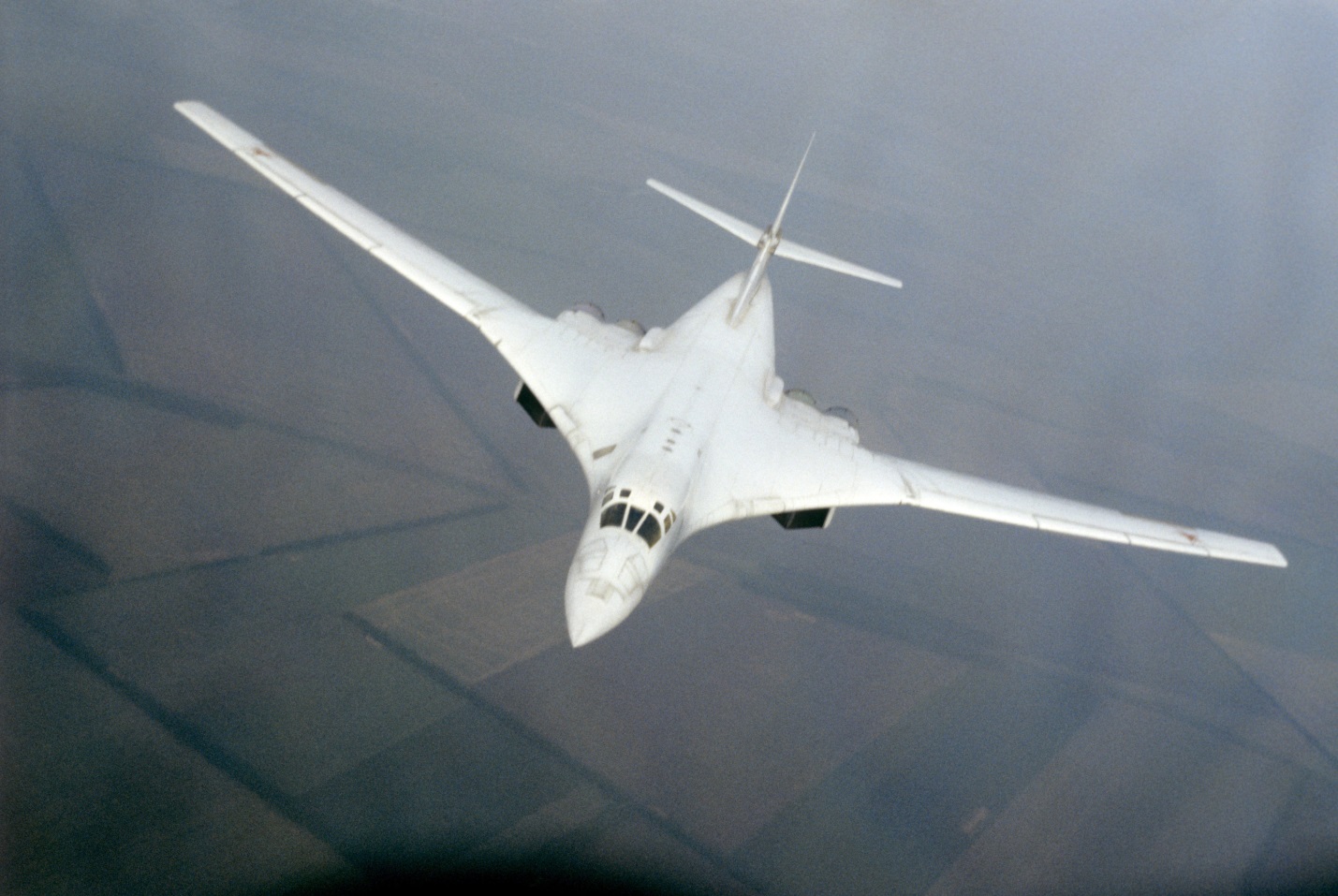
This aircraft, the Backfire should not be confused with the Tu-22 Blinder, although they bear the same designation they are entirely different, the Tu-22M being successful while the Blinder was much less so. The Backfire was a two engine, supersonic, variable geometry bomber with reasonably long range. Range is an issue with this aircraft as it cannot compete with other strategic bombers, aimed at conducting strikes in Europe and China, and with a limited refueling fleet, these bombers were not very useful for strikes against North America. The first production models were the Tu-22M2 Backfire-B with 211 built by 1983. Following this the improved Tu-22M3 Backfire-C was introduced with improved efficiency an increase in speed from Mach 1.65 to Mach 2.05 and a 33% increase in range, which was still not enough to make the aircraft universally employable. Historically 268 Tu-22M3s were built along with 12 Tu-22M3R for maritime reconnaissance and three, Tu-22MP which were used by the navy for escort jamming. In Northern Fury production began to accelerate slightly in 1991 and continued resulting in the numbers in the table below. These aircraft are used both by the VVS Strategic Bomber force and by Naval Aviation.
| Variant | NATO name | Historical | N Fury | Remarks |
|---|---|---|---|---|
| Tu-22M0 & M1 | Backfire-A | 16 | Not in service | |
| Tu-22M2 | Backfire-B | 211 | 211 | |
| Tu-22M3 | Backfire-C | 268 | 340 | Production continued at 24/yr |
| Tu-22M3R | Backfire-C | 12 | 18 | Naval Recon |
| Tu-22MP | Backfire-C | 3 | 12 | Escort jammer |
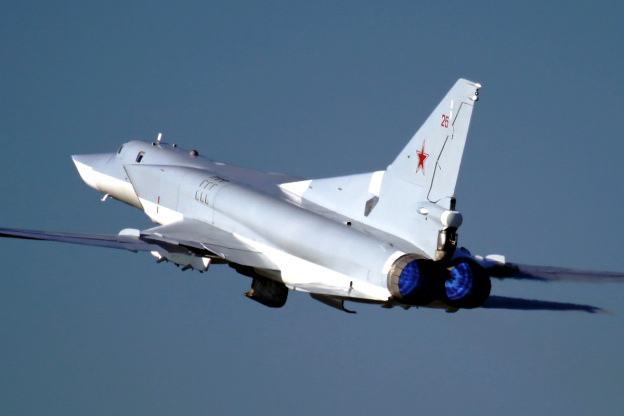
The original Tu-22 Blinder entered service in 1962 and was a major disappointment. Not only did it take almost 10 years to develop, it never managed to replace the long serving Tu-16 Bear which is still hard at work. Although the Blinder was not designed for intercontinental flight, its range was disappointing; it was difficult to fly, was riddled with mechanical problems and was not particularly fast. When the concept of a manned bomber was put into question in the early 1960s they were converted to missile carriers, but this too proved difficult and problematic, in the end one AS-4 missile can be carried. The Blinder was never adopted by the Navy which preferred the longer range and flexibility of the long standing Tu-16. Many Tu-22s were either built or converted into secondary roles such as reconnaissance, training, ELINT or EW. All have been upgraded with newer electronics and fitted with a nose probe for refueling.
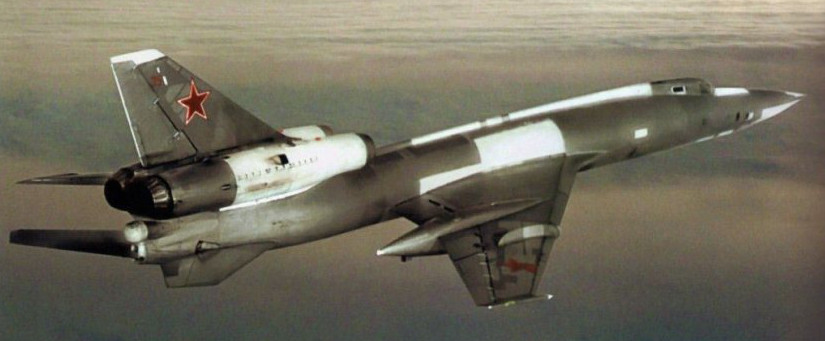
| Variant | NATO name | Historical | N Fury | Remarks |
|---|---|---|---|---|
| Tu-22B | Blinder | 15 | Not in service | |
| Tu-22KPD | Blinder-B | 76 | 76 | Missile carrier |
| Tu-22RDM | Blinder-C | 127 | 127 | Reconnaissance |
| Tu-22U | Blinder-D | 46 | 46 | Trainer |
| Tu-22PD | Blinder-E | 47 | 47 | EW/SEAD |
The famous Tu-95 Bear became the symbol of Soviet global power through most of the Cold War. Initially fielded in 1957 and its many variants continued in production until 1994. In Northern Fury, that production continues and there are a dozen more examples in service than there historically were. The turbo-prop engines made for efficient and reliable long range flight with a sizable carrying capacity. The airframe was strong, reliable and very flexible. Over its lifetime there were a wide array of variants, prototypes and experiments; late model airframes were based on the Tu-142 airframe which was significantly improved including in wing fuel tanks. Represented below are the key examples represented in Northern Fury.
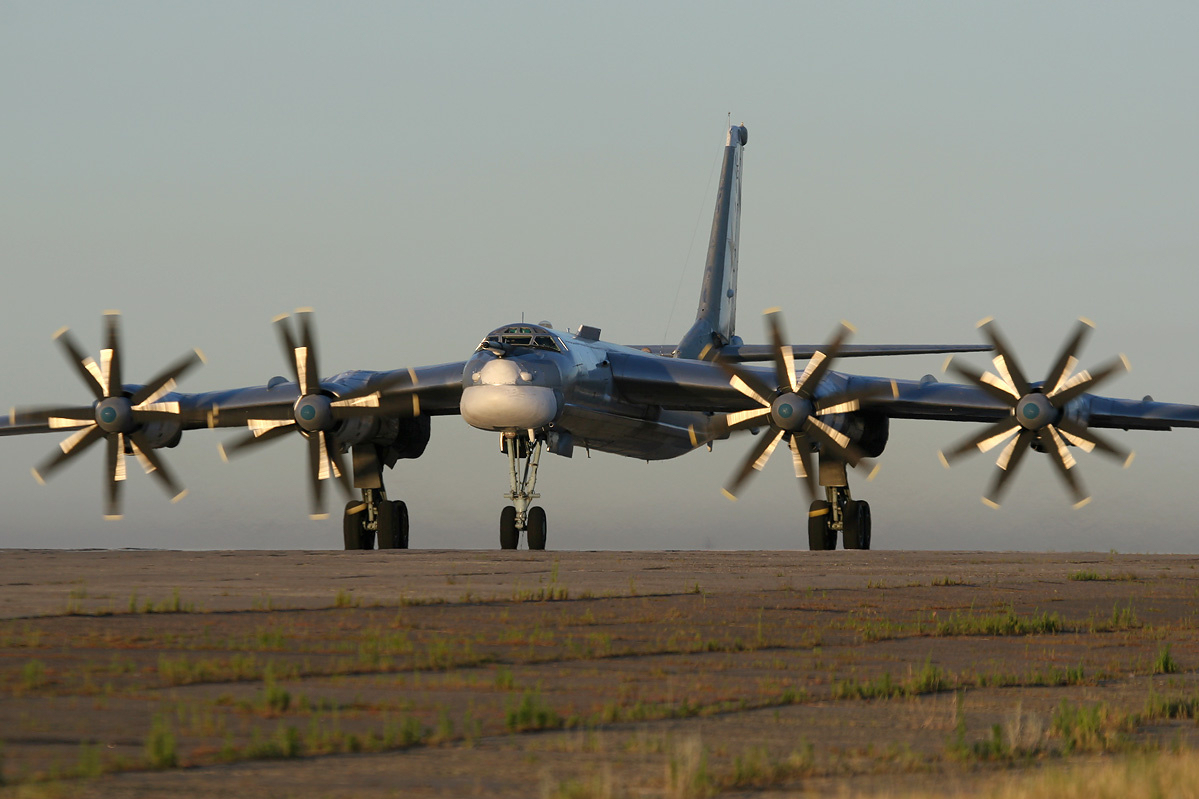
| Variant | NATO | Historical | N Fury | Remarks |
|---|---|---|---|---|
| Tu-95M | Bear-A | improved Tu-95 | ||
| Tu-95K | Bear-B | Kh-20 / AS-3 missile carrier | ||
| Tu-95KD | Bear-B | 80 | Tu-95K with refueling probe, all converted | |
| Tu-95KM | Bear-C | Tu-95KD with improvements, upgraded to Tu-95K-22 | ||
| Tu-95RTs | Bear-D | 36 | 36 | Maritime reconnaissance variant |
| Tu-95RM | Bear-E | 4 | 4 | Strategic reconnaissance variant |
| Tu-95K-22 | Bear-G | 63 | 65 | Kh-22 / AS-4 missile carrier |
| Tu-95MS/MS6/MS16 | Bear-H | 147 | 160 | Tu-142 based Kh-55 cruise missile carrier |
| Tu-95MR | Bear-J | ? | 8 | Tu-142 based sub radio relay platform |
| Tu-95U | Bear-T | 11 | 12 | various early machines used as trainers |
| Tu-142 | Bear-F | 100 | 105 | ASW variant |
| Tu-114 | Cleat | 31 | 31 | Passenger Transport |
| Tu-126 | Moss | 8 | 8 | Tu-142 based AEW |
The Tu-16 Badger is the venerable workhorse of Soviet Long Range Aviation. Starting service in the 1950s as a free-fall bomber the Badger has evolved into a bewildering number of variations. Although some retain the ability to drop bombs, all strike versions are missile carriers, especially the naval aviation versions are missile carriers able to carry the AS-4, AS-5 and/or AS-6 missiles. The other main use for this airframe is for reconnaissance, EW and ECM with several different versions; these machines were undergoing constant upgrade and modification which led to confusion in NATO and some difficulty in categorizing these aircraft. About 800 of the 1,500 Badgers produced are still flying for the Soviet air force. Some 60 Tu-16s were delivered to Egypt, Iraq and Indonesia; these were surplus to requirement and all of older types. The table below details the versions in service in Northern Fury:
| Based on Tu-16 A Badger-A/B | ||||
|---|---|---|---|---|
| Tu-16 | Badger-A | 294 | Standard conventional bomber variant | |
| Tu-16A | Badger-A | 394 | Nuclear free-fall bomber | |
| Tu-16AZ | Badger-A | 59 | Tu-16A with inflight refueling | |
| Tu-16Z | Badger-A | 114 | Tanker conversion with wingtip refueling | |
| Tu-16LL | Badger-A/B | ? | Test & trials machines | |
| Tu-16N | Badger-A | ? | Tanker with wingtip / host-drogue system | |
| Tu-16NN | Badger-A | ? | Tanker with hose-drogue system | |
| Tu-16M | Badger-A | Unpiloted target conversions | ||
| Tu-16G | Badger-A | ? | Demilitarized Tu-16s for Aeroflot | |
| Tu-16S | Badger-A | 14 | Search and rescue conversions | |
| Tu-16T | Badger-A | 76 | Torpedo bomber | |
| Tu-16PL | Badger-A | Tu-16Ts modified to ASW role | ||
| Tu-16KS | Badger-B | 107 | KS-1 missile carrier | |
| Tu-16KSR-2 | Badger-G | 205 | KSR-2 missile carrier | |
| Tu-16KSR-2-11 | Badger-G | 341 | KRS-2/11 missile carrier conversion | |
| Tu-16K-26 | Badger-G Mod | 250 | 250 | KRS-2/11 & KSR-5 missile carrier conversions |
| Tu-16 Yolka | Badger-H | 72 | 72 | Chaff layer |
| Tu-16Ye | Badger-K | ? | 24 | ELINT |
| New Build Tu-16K Badger C | ||||
| Tu-16K-10 | Badger-C | 216 | 100 | K-10S missile carrier with nose radome |
| Tu-16K-10-26 | Badger-C Mod | 85 | 85 | KRS-2, KSR-5, & K-10S missile carrier |
| Tu-16K-10-26P | Badger-C Mod | ? | 20 | Anti-radar enhancement of Tu-16K-10-26 |
| Tu-16K-10-26B | Badger-C | ? | 10 | Tu-16K-10 mod as free-fall bomber |
| Tu-16RM-1 | Badger-D | 24 | 24 | ELINT "hunter" |
| New Build Tu-16R Badger E | ||||
| Tu-16R | Badger-E | 75 | 54 | Initial reconnaissance variant |
| Tu-16RR | Badger-F | 9 | 9 | Tu-16R radiological recce variant |
| Tu-16RM-2 | Badger-L | 12 | 12 | ELINT Tu-16R "hunter" |
| New Build Tu-16SPS Badger K | ||||
| Tu-16SPS | Badger-K | 144 | 50 | Initial EW variant |
| Tu-16P Buket | Badger-J | 90 | 95 | Upgraded Tu-16SPS with Buket jammer |
| Tu-16E | Badger-J | 2 | 2 | Multi-role reconnaissance |
| Total | 807 |
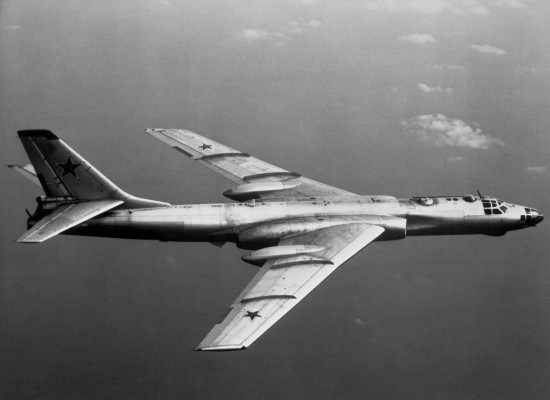
M-4 Tanker
The M-4 Bison has been retired as a bomber but lives on in a support role as a tanker, extending the range of the bomber force as well as supporting some of the more modern fighters. About 70 M-4 3MS-2 Bison-B tankers are in service to support the fleet, not nearly enough by NATO standards but the Soviets seem content with that number.
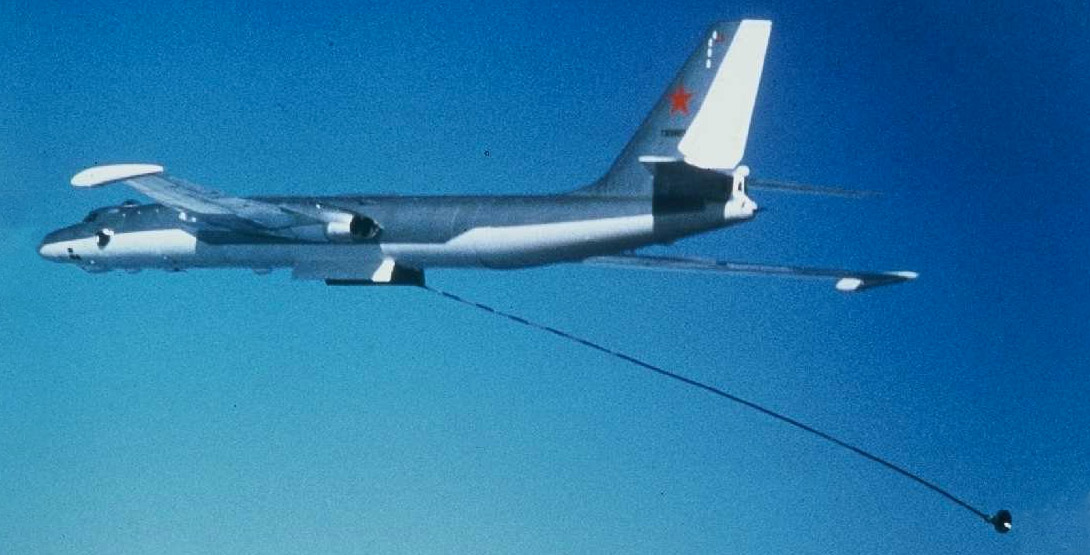
Bombers in reserve
About 500 post war Il-28 Beagles remain in reserve, mostly the basic bomber variant but also some of the ELINT and ECM versions, although these are now horribly obsolete.
